HISTORY OF PASCO COUNTYBlantonOrange Belt RailroadThis page is taken, with permission, from the former My Blanton web site, created by Marinell Davis. Photos were contributed by Gene and Lora Blocker. 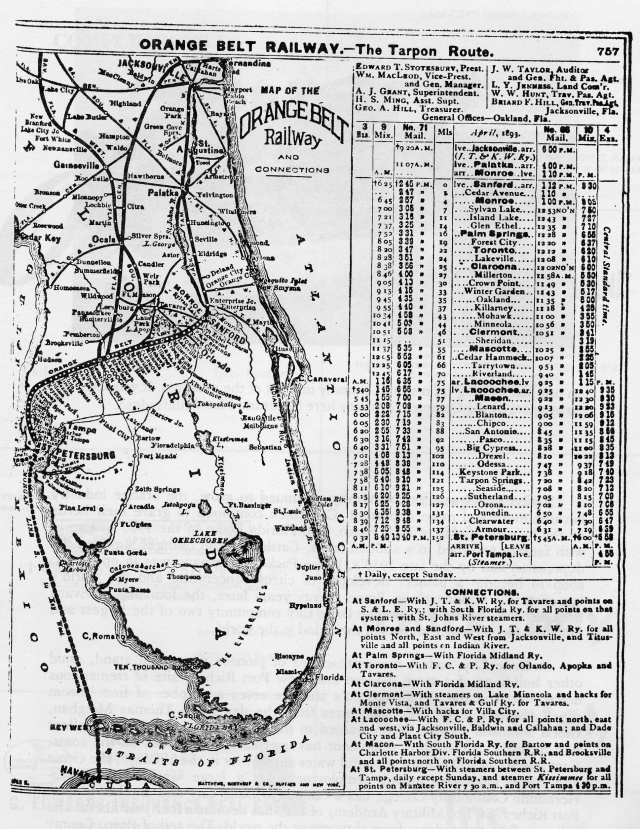 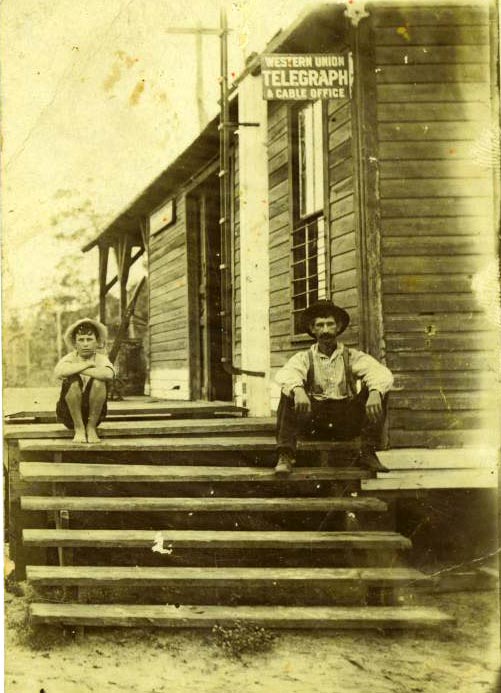 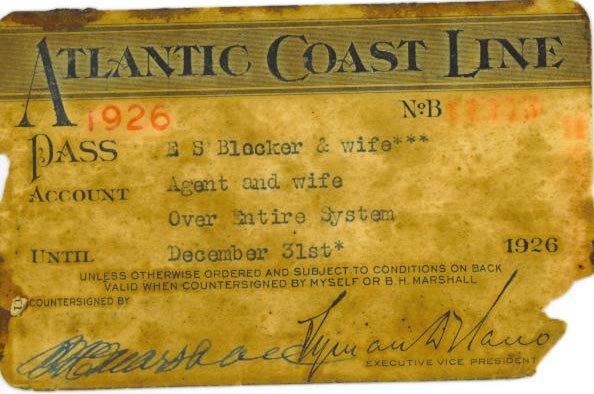 Kids and the Orange Belt RailroadCarolyn Dowling Falls remembers her grandmother Julia’s stories about kids hitching a ride on the Orange Belt train. They attended school in Chipco and lived north of Blanton. It was a long walk back and forth. Some afternoons, they would run the mile from the schoolhouse east to the Orange Belt track and wait at the woodpile. There, the train would stop to pick up fuel and a friendly engineer would give them a ride. They were dropped off at the “water tower” just south of downtown Blanton and walked the rest of the way north to home. Working on the RailroadThe following is taken from A History of Zephyrhills 1821-1921 by Rosemary W. Trottman. …it was John Blocker and Billie Hill that left us, through Mrs. Bartlett’s writing, a picture of working on the railroad in Florida in the last half of the 1880’s. Billie wrote years later, “We batched in a pine sapling grove across from the depot… We cooked out in the open and slept in the depot, upstairs in the loft. Our beds consisted of planks laid on the sills and we put our bedding on top of that. John Blocker was a carpenter on the dock. My job was hammer tripper. Later I got a job as brakeman on the run from St. Petersburg to Oakland, a division point, and took twelve hours up one day and twelve back the next, a distance of 120 miles. John started as a brakeman. He became engineer and I was promoted to conductor from Oakland to St. Petersburg and John was the engineer that pulled me on many a trip. “In 1889, Jodie, who by this time was called Joe (Hill) except by his family, began railroading for the Orange Belt as apprentice machinist. Two years later, he became a fireman between Sanford and St. Petersburg. Firing in those days meant the steady feeding of fat pine wood, cut in four-foot lengths, into the fire box, so as to keep up a certain steam pressure. It was a hot dirty job. He had no regular run, but took what was available. At one time he fired for John Blocker.” The workers who cut cord wood and placed it on racks at a convenient height to be removed to the engine’s fuel bin worked steadily keeping the racks filled. There were racks near each station and by most of the flag stops. Mule and ox teams delivered the wood from the pine forest to the racks. Jessie Stanley remembered that the woodcutters rode into the station at Ehren for the week end on the flat cars that carried the cord wood farther along the line. –This story was probably originally from “Some of the Blockers” and “Some of the Hills” by Marguerite Blocker Bartlett. –The John Blocker referred to is not John Culbreath Blocker. It is more likely John Cromwell Blocker who was John Culbreath’s grandson. His father was Charles Blocker, the first born of John Culbreath Blocker’s children. –Lora Blocker 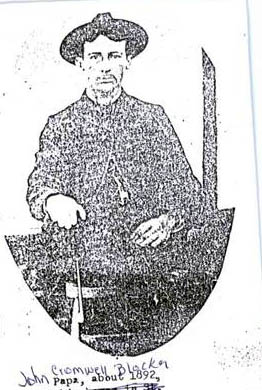 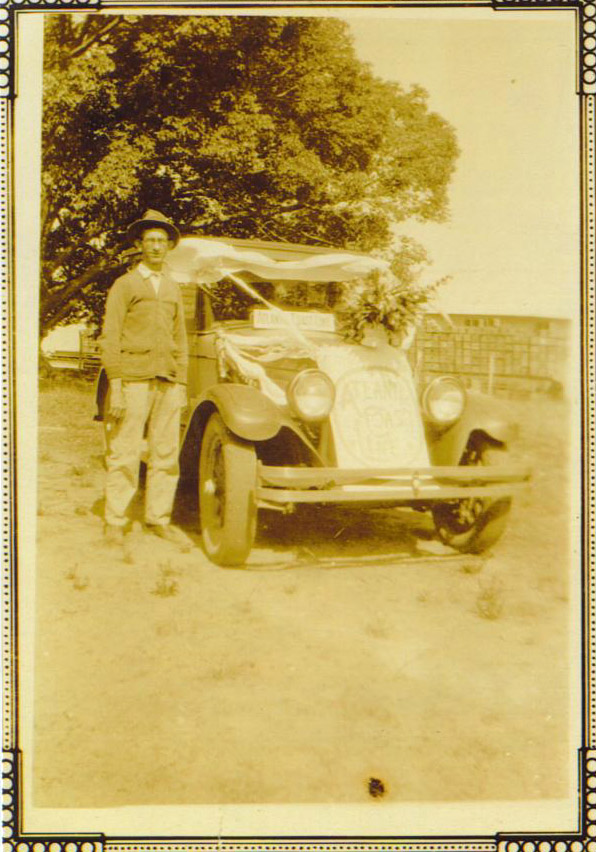 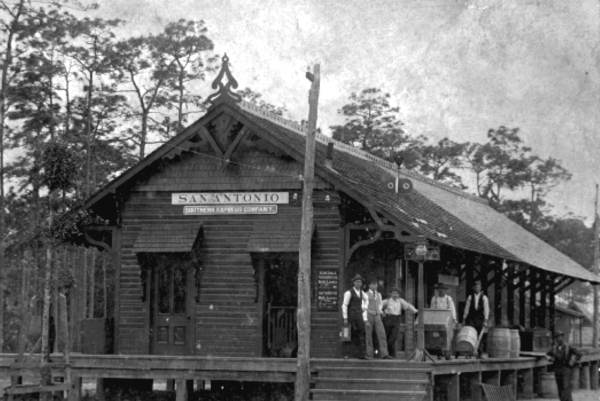 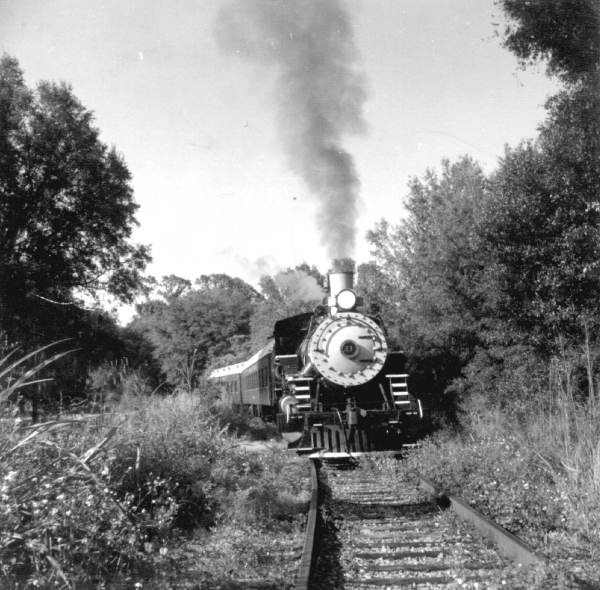 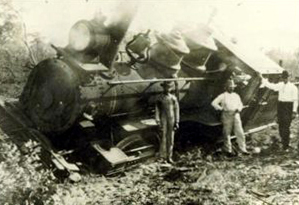 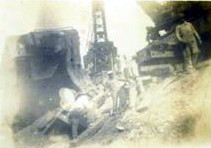 |
